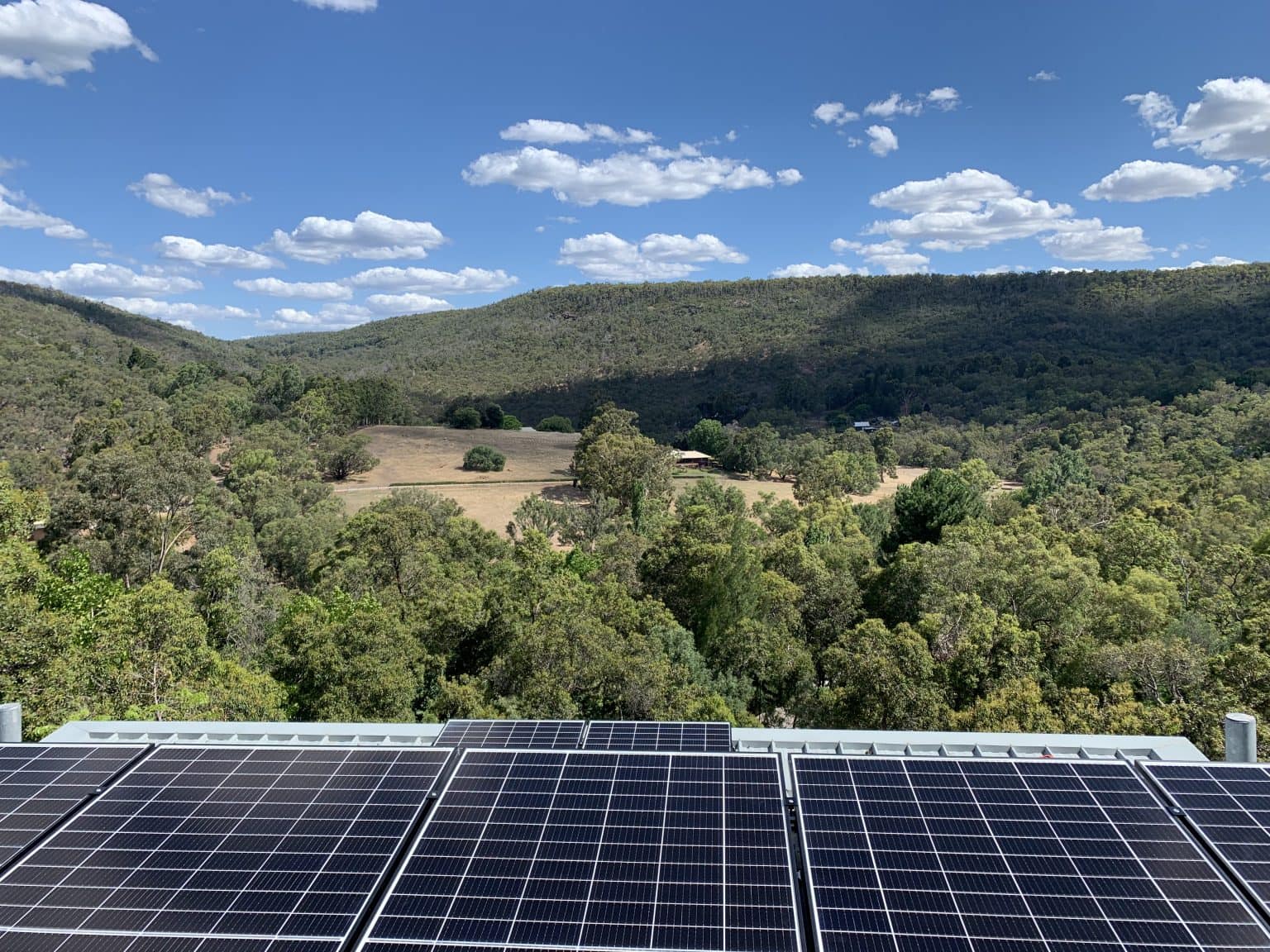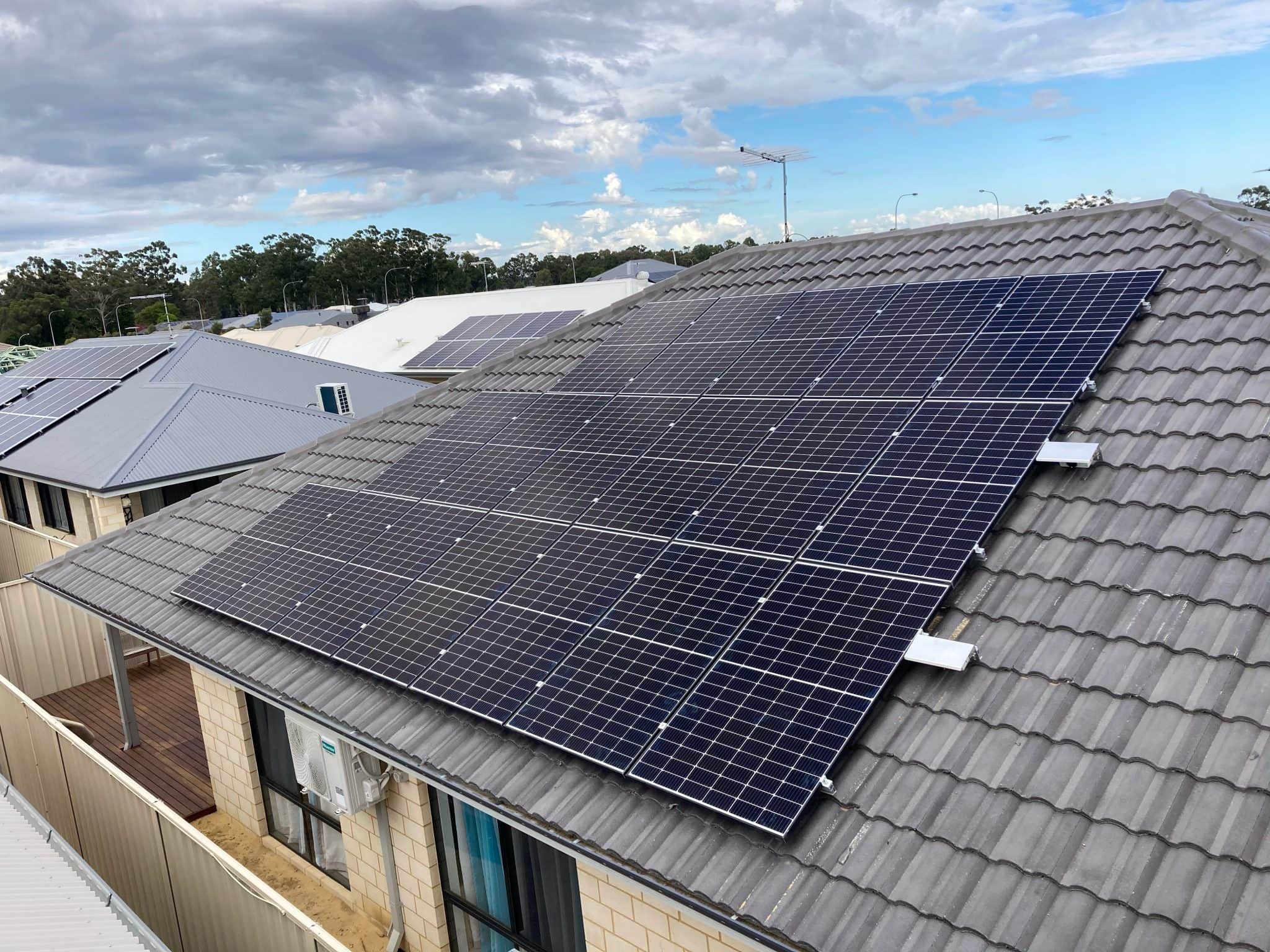

We want to find the solar azimuth angle at 10:00 AM, 12:00 noon, and 2:00 PM on March 3rd. Tucson, Arizona, is at 32.22° N latitude. Let us take an example to make things more clear. Once we find all three variables, we can substitute them into the above-mentioned formula to determine the solar azimuth angle. Here, LST is the local solar time in hours. Here, d is the number of days since January 1st UTC (00:00: hr). Quick and simple equations to estimate these variables are as follows: You need to first estimate the declination angle, hour angle, and solar elevation angle to find the azimuth angle. You can find your latitude from any standardized online maps, e.g., Google Maps. When h is positive, we have to subtract A from 360°. The hour angle ( h) can be positive (after solar noon) and negative (before the solar noon). Here, A is the azimuth angle, δ is the declination angle, φ is the latitude, h is the hour angle, and ɑ is the solar elevation angle. The azimuth angle is calculated using the following formula: In the evening, during sunset, the azimuth angle will approach toward 270°. It can be greater or less than 90° that depends upon your location (latitude and longitude).Īs the sun ascends in the sky, the azimuth angle may increase or decrease depending upon your latitude and longitude and the day of the year. In the morning, the sun is east the azimuth angle will be close to 90°. The azimuth angle varies throughout the day. When the sun is west to the observer, the azimuth angle is 270° (or −90°).

The solar azimuth angle is the angle between the north and the sun on the local horizon.Īs per the convention in the above diagram, the azimuth angle is 90° when the sun is along the east direction and is 180° along the south. The angle is positive clockwise and negative counterclockwise-see the figure below. Thus, the azimuth angle is the angle between the north and the sun on the local horizon with the observer. There are other conventions, but here we will stick with National Renewable Energy Laboratory (NREL) standards. In solar technology, the reference direction is north. It is defined as the angular distance between the projection of the sun on the imaginary horizontal plane on which the observer is standing and the reference direction. The solar azimuth angle defines the horizontal coordinates of the sun relative to the observer. Solar azimuth angle: What is the solar azimuth angle?


 0 kommentar(er)
0 kommentar(er)
